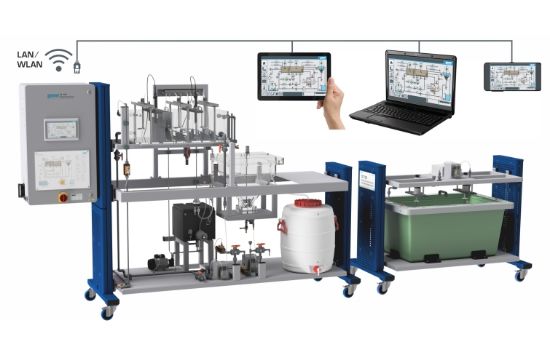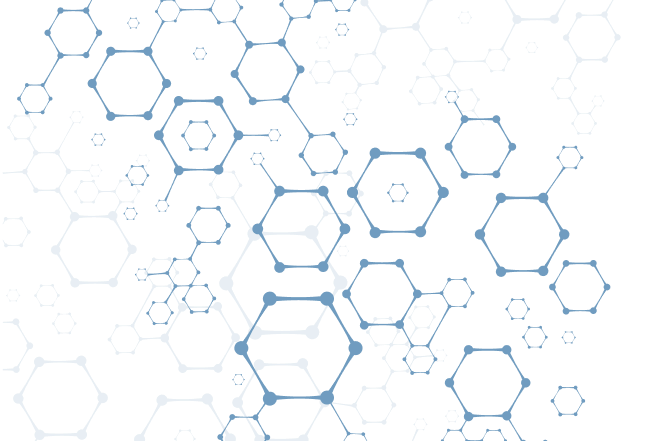The GUNT Activated Sludge Process Unit demonstrates the key biological process in water treatment where aerobic microorganisms biodegrade organic contaminants.
Product Features
- Raw water pumped into aeration tank where activated sludge microorganisms biodegrade organic matter
- Aeration provided to supply oxygen needed by aerobic microorganisms
- Stirring machines mix activated sludge with raw water for effective treatment
- Secondary clarifier separates activated sludge from treated water by sedimentation
- Return sludge system recycles a portion of activated sludge back to the aeration tank
- Option for nitrification and denitrification via partition wall creating non-aerated zone
- Integrated PLC control via touch screen with optional remote operation via router and end devices
- Measured values stored internally and accessible via WLAN or LAN to customer network
- Requires activated sludge from wastewater treatment plant and analysis technology for experiments
- Recommended analytical parameters: organic matter, BOD5 or COD or TOC, ammonium, nitrite, nitrate
Benefits
- Provides hands-on experience of activated sludge process for wastewater treatment
- Enables study of aerobic biodegradation and nutrient removal processes
- Flexible operation with advanced measurement, control, and remote monitoring
- Ideal for environmental engineering education and wastewater treatment research
Why Choose the GUNT Activated Sludge Process Unit?
This unit is designed for practical training in aerobic biological water treatment with comprehensive process control and monitoring, suitable for both teaching and research applications.

